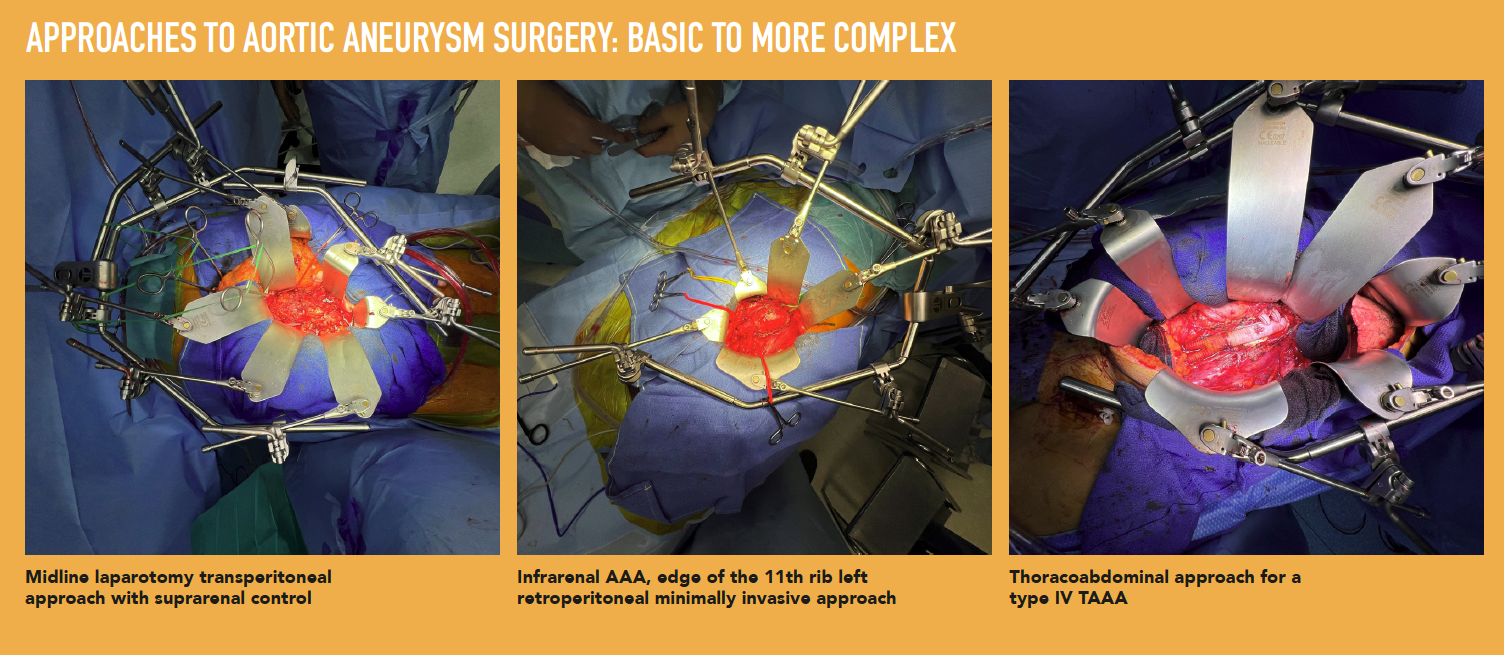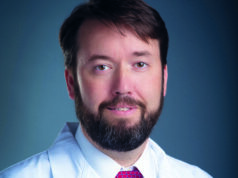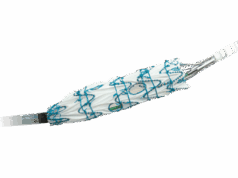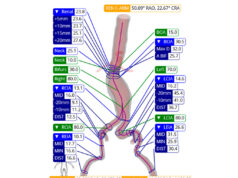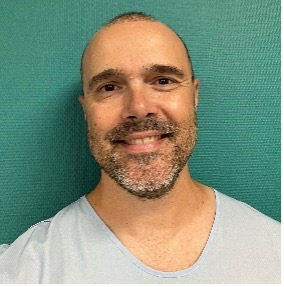
This advertorial is sponsored by Thompson Retractor.
Aortic aneurysm procedures range from basic to extremely complex. They all have one thing in common: great exposure is essential. The Thompson OneFrame™ Retractor System, available worldwide, offers an exposure solution for the full range of approaches. In this interview, Xavier Berard, MD, PhD, FEBVS, a Board-certified professor of vascular surgery at the University of Bordeaux in Bordeaux, France, shares his experience adopting the system at his practice, why it became his “complete partner” in the operating room, and the innovative surgical approaches it has allowed him to explore.
Can you describe your first experience with the Thompson Retractor OneFrame System?
XB: I did not start my open surgery program with this retractor. I used it during a free trial. There are two ways to become familiar with the retractor—an experienced surgeon with the opportunity to try something new, or a surgeon who has been trained on the Thompson and wants to bring it to their new facility.
I am an experienced surgeon, operating for 15 years, and decided to switch to this new retractor four years ago.
When you make a change like this, it is not always possible to see the new, big advantages in the first few uses of the device, and the free trial process allows you to learn the extent of the benefits that the system offers.
I was convinced to adopt it ultimately by three factors. First, the Quick Angle feature allows for extensive angling of the blades. Second, the simplicity of the system allows you to get familiar with it very quickly. Third, there are many blade options which offer huge versatility for exposures in many different approaches.
For what type of procedures do you use the system?
XB: I don’t take the OneFrame out just for special occasions, it is my partner. Every time I open the abdomen, I use it. This is very important. In aortic aneurysm surgeries we can do a classic bypass.
There is the basic approach for an aortic aneurysm midline surgery. And there are more complex cases, infrarenal abdominal aortic aneurysm (AAA) left retroperitoneal minimally invasive surgery, and a thoracoabdominal approach for a type IV thoraco AAA, for example.
Can you walk through your typical exposure with the OneFrame?
XB: The exposure is a continuous process. I place the retractor. First, during exploration of the abdomen, I have a very basic exposure. Then I start to create more exposure by progressively adding blades. Depending on what I must do, I continuously adapt my exposure. This is important in vascular surgery as we need to do many complex tasks and great exposure facilitates that execution.
Looking over the set of blades in the OneFrame System, you can progressively work from basic exposure to more advanced exposure. When we are ready to do an anastomosis, the surgeon and first assistant are completely hands free. No one has to hold blades.
How does the Thompson Retractor OneFrame System compare to other forms of retraction in the market?
XB: My past retractors were very basic and had low versatility. The frame was very flat and made it difficult to elevate with minimal to extremely basic angling.
The OneFrame offers exceptional angling and multiplanar retraction. In addition to this, the malleable blades in my Thompson set are excellent. They are soft enough to be shaped, but strong enough to maintain the shape you have given them during the procedure. Combined with the Quick Angling feature, you have the perfect combination of what you expect from your retractor.
How has the OneFrame changed your practice?
XB: I started using a very basic exposure, but I saw the capacity for this retractor to do more because of the Quick Angling feature and I was able to innovate and propose a new approach: the minimally invasive left retroperitoneal surgery. Honestly, this is the sole retractor I can use for this approach.
Additionally, Thompson’s educational donation program has worked with the University of Bordeaux in Bordeaux, France.
It is very important to give simulation tools to trainees. It is difficult to simulate open surgery and, in AAA procedures, it is imperative to learn to expose effectively.
If a colleague were to ask you about the OneFrame System, how would you describe it?
XB: First, with the OneFrame System, you can be very inventive in your approach and achieve a smaller incision, potentially leading to the patient having a shorter stay in the hospital. Additionally, it is an excellent system to learn surgery. Educating surgeons is very important.
In my daily practice with fellows, it allows us to be very cautious about every step and develop a consistent, systematic approach to AAA procedures. From a professor’s point of view, the residents are free from holding blades and are more focused on learning the intricacies of the surgery itself. It’s a complete partner. You can easily learn this system and how to obtain the perfect exposure.
*View the OneFrame in person at the 2024 Society for Vascular Surgery (SVS) Vascular Annual Meeting (VAM) in Chicago (June 19–22), as well as the 2024 European Society for Vascular Surgery (ESVS) Annual Meeting in Kraków, Poland (Sept. 24–27). ThompsonRetractor.com
